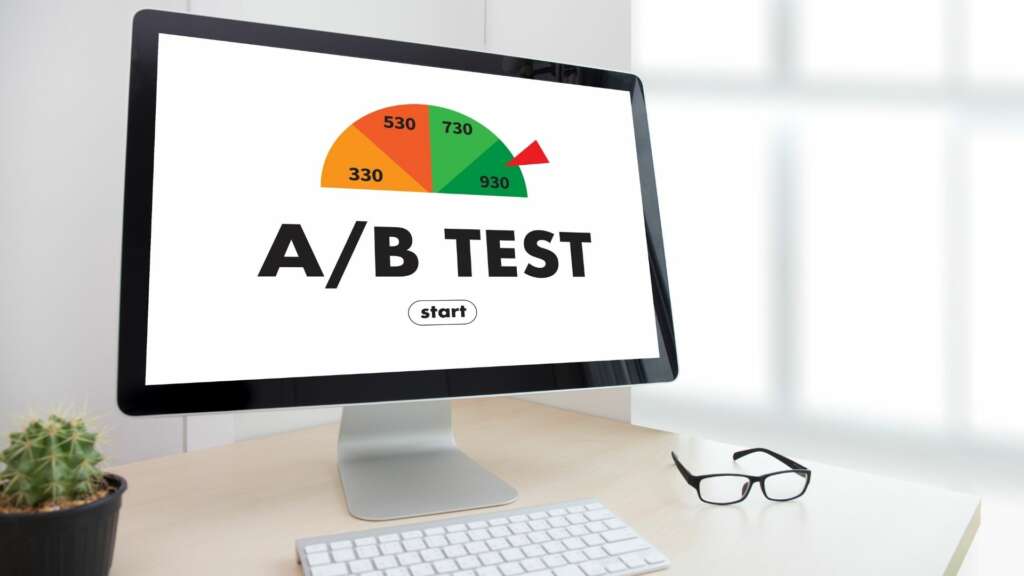
A/B testing, also known as user experience or user feedback, is a method of testing software through which it is possible to determine the differences in perceived value or usefulness of a product or service when the product is used by a particular target audience. A/B testing involves the use of two different versions of the software, each using a different technique or approach to measuring usability.
User testing, which is the process of determining whether a particular product or service meets the needs of a specific user is used for determining the effectiveness of marketing strategies. In most cases, the purpose of such testing is to determine whether a product or service can satisfy a particular need or desire in an optimal manner. For instance, if you are offering car insurance services, you might want to test whether a car insurance service is adequate for people living in certain geographic regions. By using A/B testing, you can compare the results of such testing with the results of testing on a different target market. This can help you identify the areas where a product or service may be lacking and work to improve the product or service accordingly.
User testing differs from user acceptance testing in that user acceptance testing is often used to determine whether or not a product or service will effectively address the needs or wants of its users. Such testing may involve testing an electronic mail product or service to determine whether or not a group of potential customers will respond appropriately to the product or service. It may also involve testing a product or service’s ability to provide features to its users that their expectations have previously demonstrated they are capable of doing. In most cases, however, it is not possible for a group of testers to determine whether or not a product or service will meet a target audience’s needs or desires. A user acceptance test is necessary to determine whether or not a product or service is effective in meeting those needs.
User acceptance testing can also be used to establish whether or not a product or service is suitable for a specific target demographic, such as an elderly group. When a product or service is suitable for a specific group of target users, it can increase the likelihood of the targeted audience responding positively to and being willing to accept it in order to increase profits or revenues. However, if a product or service is unsuitable for a particular group, it can reduce the likelihood of a group of target users responding positively.
Testing is often done on a trial basis to determine the effectiveness of new products or services. This may include taking a small number of customers who have only recently begun using a product or service and testing it with a sample of a larger sample of customers who have been using similar products or services for several months or more.
Usability testing takes many forms. The most common form of usability testing involves observing users in real settings to determine the effectiveness of a product or service. Through this type of testing, the product is introduced to a small group of people who have no prior experience with it, and the testers are able to observe the behavior of the product or service as it is used by a target audience. This is typically done through a focus group session.
Usability testing should not be used to evaluate the performance of a product or service in isolation. Usability testing also includes evaluating the effectiveness of a product or service based on user research data collected during other forms of testing such as customer survey data. This data can help to ensure the quality of the product or service by providing useful information about the intended target audience.
Usability testing can also help to determine whether or not a product or service is appropriate for a specific user. User acceptance testing is also commonly used to identify changes to a product or service which can help users to make better use of the product or service and to find new uses for the product or service.


